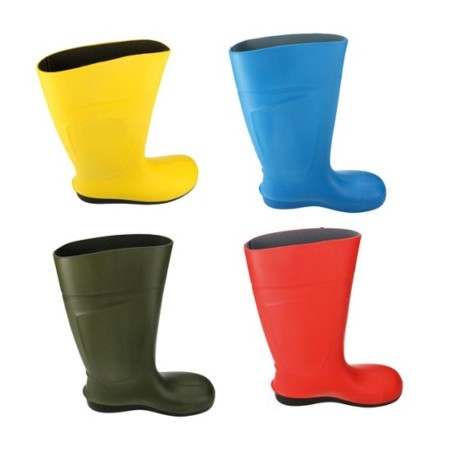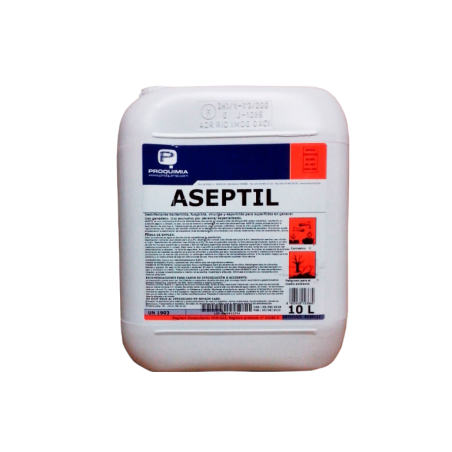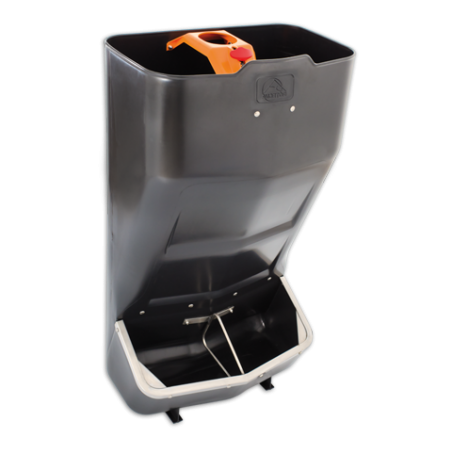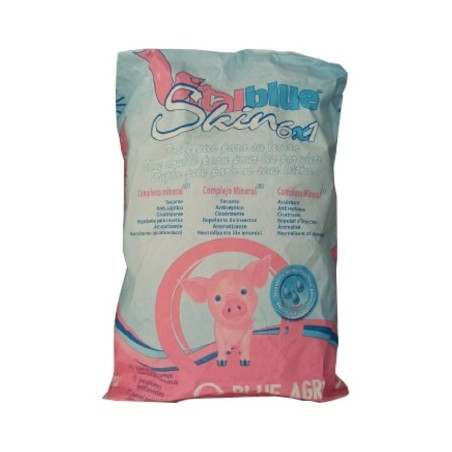Diarrhea in neonatal piglets is one of the most common problems on sow farms. In the previous articles with the four experts, we have addressed aspects related to the causative microbial agents of the disease: which virus or bacteria cause diarrhea and how to prevent it through vaccines, autovaccines or the use of controlled oral exposure.
However, the authors have also strongly emphasized that the origin of diarrhea has a multifactorial cause, with many other factors to be considered related to the environment, management, and nutrition.

In this article we will address one of them: the importance of cleaning and disinfection.
When we asked Guedes about cleaning and disinfection, he categorically stated: "Now we're really starting to talk about the important things!" And although a priori it would seem that cleaning between batches in the farrowing room is a basic task and that all farms should already be doing this correctly, after interviewing the authors we see that there is still a lot of room for improvement.
The proper procedure
Ackerman describes the correct protocol and how it should be:
- Completely empty the room
- Take out all materials and equipment such as heat lamps, piglet feeders, etc. (all these materials have to be thoroughly washed as well) (Photo 1)
- Wet the room
- Spray the room with a biodegradable detergent. It is best to use one with a degreasing agent in order to remove biofilms.
- Pressure wash. Using hot water is highly recommended.
- Ideally, let dry
- Disinfect
- Let dry before filling with new animals
- On occasion, we add drying powder to the room before the new animals enter to eliminate remaining moisture.

Photo 1. When cleaning the farrowing room, do not forget about equipment such as piglet feeders, lights, and other materials that are transferred between rooms.
The problem with not having enough pens in the farrowing room
Cleaning and disinfection should always be in conjunction with all-in all-out by batches, but Ackerman tells us that in the USA this is often not the case. In order to maximize the use of each farrowing crate it's common to have some batches with more sows than there are farrowing pens, so the whole room cannot be emptied.. If this is not possible, at minimum, partitions must be made to clean the rooms. It is important that the pigs don't get wet, that the room is dry, and that it is neither cold nor damp.
Cantín observes a similar problem in Spain as a result of seasonal infertility. The summer brings worse fertility, worse returns to heat, resulting in fewer farrowings at the beginning of the winter. In the following months the opposite effect occurs. Due to the compensatory effect in the number of matings in autumn, the farrowing rooms are not large enough to house an entire batch, with the number of farrowings increasing 20-25%. This leads to a worse cleaning procedure and a lack of down time in the rooms. As a consequence, the incidence of diarrhea increases in neonatal piglets and even at the end of lactation, being more persistent and difficult to treat.
However, when the sows enter the room three to four days before farrowing, with a day or two of down time and when a good cleaning, disinfection, and drying protocol has been carried out, the situation improves considerably: incidence decreases, severity decreases, and response to treatments improves. Many times in these farrowing rooms that are in good condition, rehydration and oral antibiotics solve the problem and it does not appear again. He concludes: "Of course, cleaning alone does not solve the problem of diarrhea, but if you don't do it correctly, it will surely worsen". (Photo 2)

Photo 2. A correctly cleaned farrowing area, disinfected and dry, ready to receive sows about to farrow.
Guedes is completely adamant on the issue of sanitary down times. "In my opinion, the main reason for the increase in diarrhea problems in recent years has to do with the lack of adequate down time between batches."
He continues: It is surprising how in Brazil it is very common to make big investments in facilities and even have good cleaning and disinfection protocols, but then fail to pay attention to drying and down time. Having an empty farrowing room is seen as an expense, but it has to be seen as an investment. He ends: It is difficult to prove it numerically, but I am convinced that three days of down time reduces the problem of neonatal diarrhea by reducing the infection pressure and improves profitability. Washing with hot water and three days of down time are also effective in reducing the oocyst load in the environment.
Vraeghe gives us a different and interesting point of view. Of course cleaning and disinfecting is important, but they have had some experiences where disinfecting causes diarrhea to appear, interpreting that this farm has beneficial environmental flora and that by disinfecting they upset that balance. On these particular farms they do not disinfect.

In summary, reducing infection pressure through proper cleaning, disinfection, and down time is one of the indispensable tools for reducing neonatal diarrhea. Although this topic has been known for a long time, in practice many production models still do not give it the importance it deserves.








